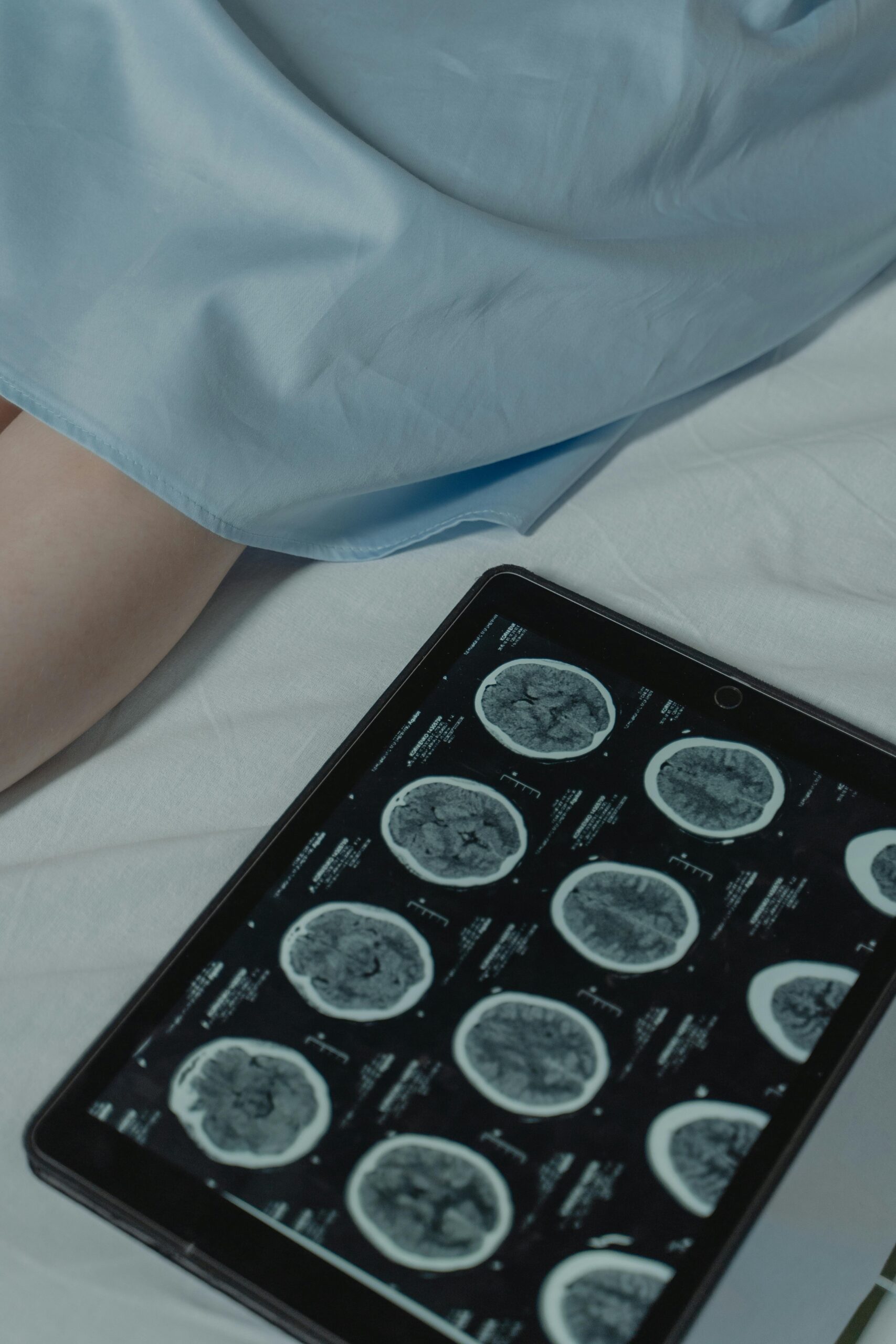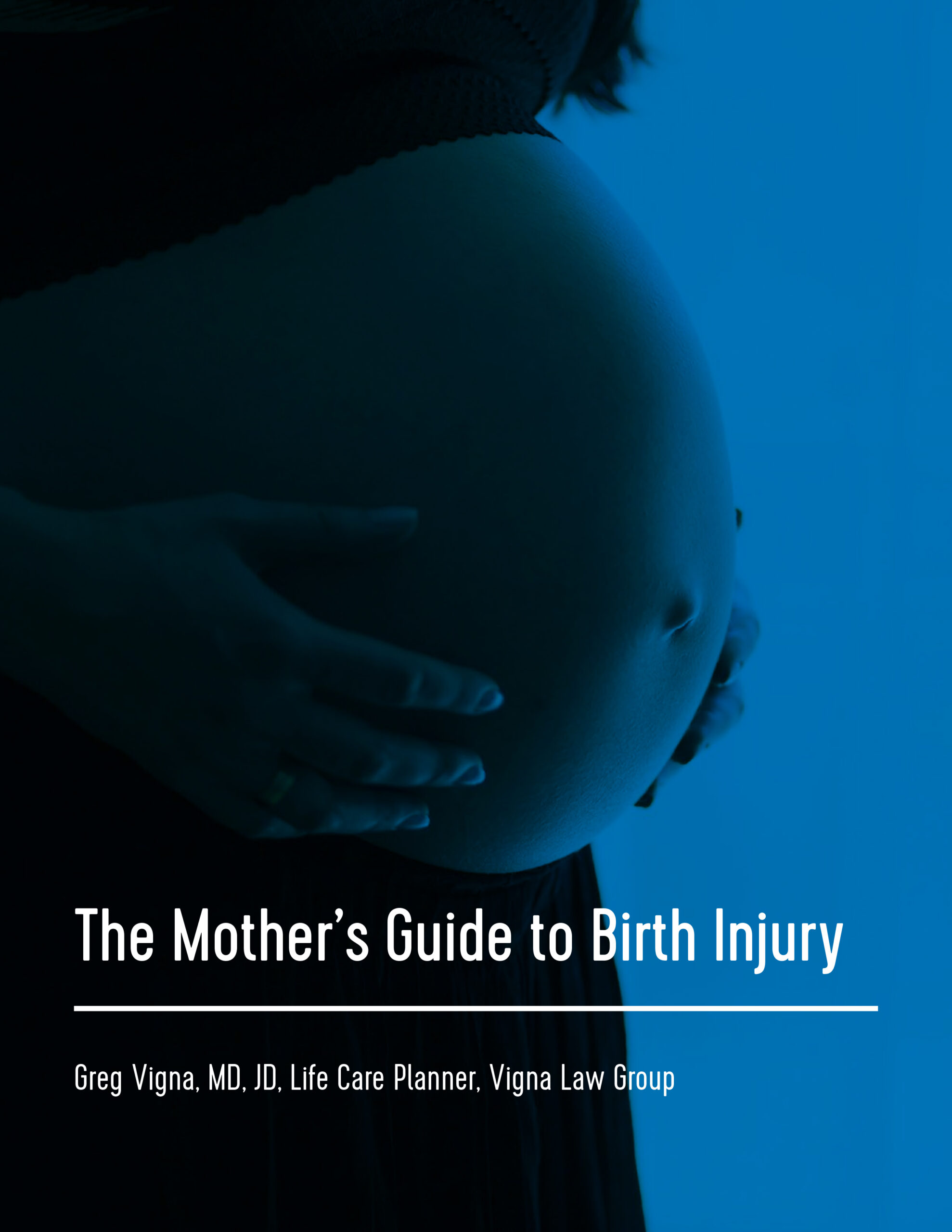Is Hypoxic Brain Injury Being Overlooked in Your Child’s Diagnosis?
Has your child with Autism Spectrum Disorder undergone objective diagnostic testing to rule out hypoxic-ischemic brain injury?
“This is a critical finding that may support earlier diagnosis and intervention for at-risk children. Children diagnosed with Autism Spectrum Disorder could benefit from comprehensive diagnostic evaluations to determine whether hypoxic brain damage is contributing to their condition — a factor that may significantly impact neurodevelopmental outcomes.”
— Dr. Greg Vigna, MD, JD – National Birth Injury Attorney
Early testing can lead to early answers. Don’t wait.
Emerging Evidence Linking Autism Spectrum Disorder and Hypoxic Brain Injury
Recent research, including a compelling study from UCSF, reveals objective MRI-DTI (Diffusion Tensor Imaging) findings in a subset of children diagnosed with Autism Spectrum Disorder (ASD). These findings suggest that some children with ASD may have experienced hypoxic-ischemic brain injury — an important factor that may influence neurodevelopment.
Key Indicators of Hypoxic-Ischemic Encephalopathy (HIE)
Children later diagnosed with ASD may have a history of one or more of the following clinical indicators at birth:
- Diagnosed Hypoxic-Ischemic Encephalopathy (HIE)
-
- Mild HIE: Poor sleep, feeding difficulties, excessive crying, irritability
- Moderate HIE: Lethargy, muscle weakness, weak reflexes, apnea
- Severe HIE: Coma, eye movement abnormalities, absent reflexes, profound muscle weakness
- Low Apgar Scores
-
- Apgar score of less than 5 at 5 minutes of life
- Therapeutic Hypothermia (Cooling Therapy)
-
- Indicates clinical suspicion of brain injury at birth
- Low Cord Blood pH
-
- Cord pH less than 7.2, suggesting acidosis and potential oxygen deprivation
- Difficult or Traumatic Delivery
-
- Prolonged labor, shoulder dystocia, emergency C-section, or other complications




